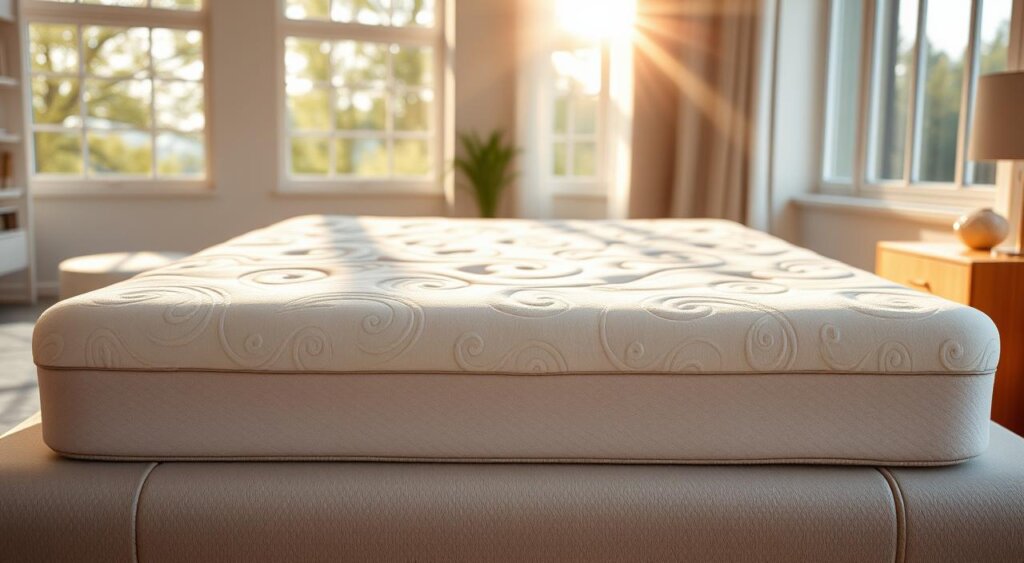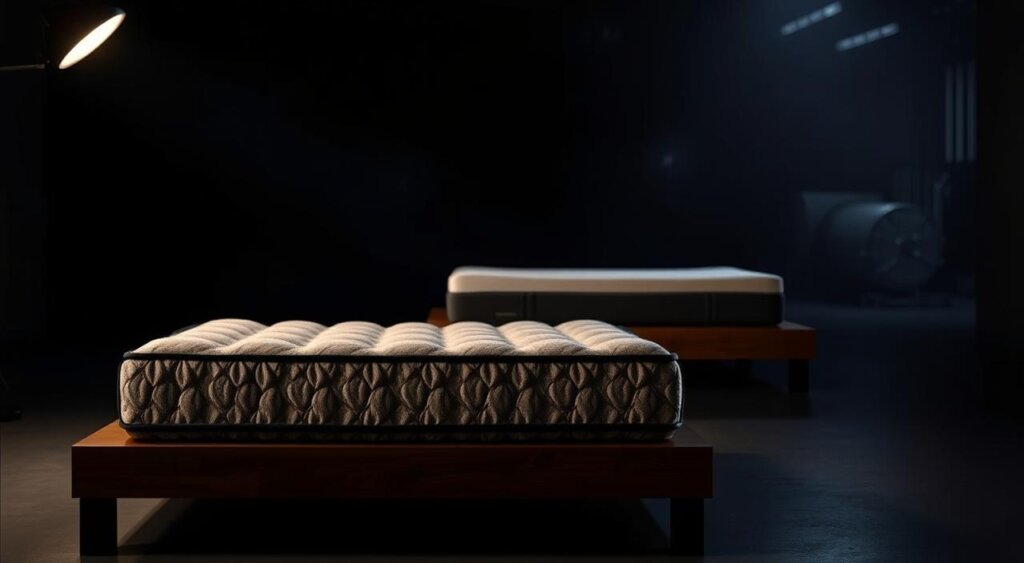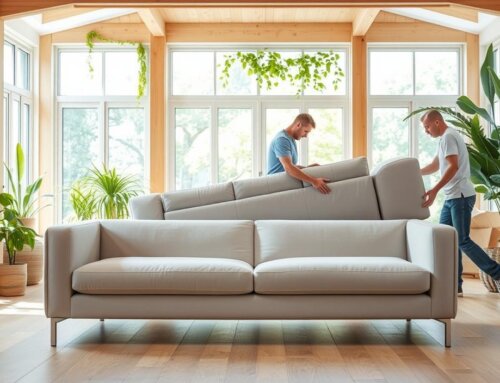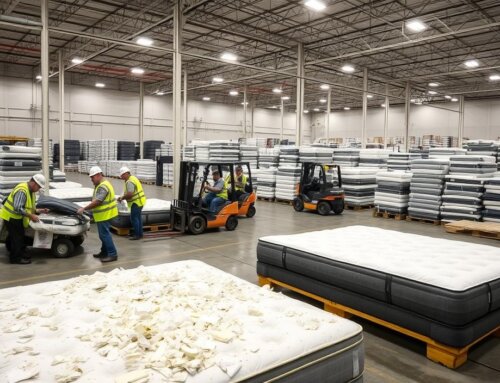The history of mattress innovation is a fascinating tale of human ingenuity, comfort, and evolving lifestyles. From primitive bedding made of grass and leaves to today’s memory foam and smart mattresses, the sleep surface has transformed dramatically. Understanding this evolution helps us appreciate the technology and craftsmanship behind modern sleep systems—and why investing in the right mattress can dramatically improve your well-being.

Key Takeaways
- Mattress innovation reflects centuries of human adaptation and scientific progress.
- Early mattresses were made from natural, locally available materials.
- Technological milestones like spring coils, latex, and memory foam revolutionized sleep.
- Social class and cultural shifts influenced material choice and mattress design.
- The modern market focuses on sustainability, customisation, and smart features.
Prehistoric and Ancient Sleeping Surfaces
Humans have always sought comfortable and safe places to sleep. Our earliest ancestors used materials like straw, leaves, and hides.
Early Ingenuity
The oldest known mattress, discovered in Sibudu Cave, South Africa, dates back 77,000 years. It consisted of layers of grasses and leaves with insect-repelling properties—showcasing early problem-solving in sleep comfort.
Ancient Civilizations
- Egyptians elevated beds off the ground for protection and airflow.
- Romans used hay or wool for the lower class and feathers for the elite.
- These early choices reflected both practicality and social status.
Medieval Mattress Construction: Function Meets Class
As societies developed, so did mattresses—particularly in Medieval Europe.
For Commoners
Most people used sacks filled with:
- Straw
- Hay
- Sometimes wool
These were cheap, easy to refill, and provided basic cushioning.
For the Nobility
Upper-class sleepers had feather or down-filled mattresses with ornate bed frames and linens. Comfort became a luxury symbol, separating classes by quality of rest.
| Class | Typical Materials | Mattress Support |
|---|---|---|
| Commoners | Straw, hay, wool | Basic sack or rope beds |
| Nobility | Down, feathers, wool | Elevated wooden frames with linens |
The Renaissance and Birth of Modern Mattresses
The 16th to 18th centuries saw significant changes due to increased trade and material availability.
What Changed?
- Wool and cotton began replacing hay and straw for better breathability.
- Layered designs offered a balance of firmness and softness.
- Bed frames became more decorative and structurally supportive.
Luxury bedding began reaching the middle class, setting the foundation for mass production in later centuries.
The Coil Spring Revolution of the 19th Century

The Industrial Revolution transformed every aspect of life, including mattresses.
Key Innovations:
- Coil spring mattress introduced in the UK around 1840.
- Even weight distribution and reduced sagging.
- Mass production made high-quality sleep accessible.
| Innovation | Benefit | Era |
|---|---|---|
| Coil Springs | Better support and shape retention | 1840s |
| Factory Production | Affordable and consistent quality | Late 1800s |
This era also saw the birth of the modern mattress industry, with dedicated manufacturers improving comfort and design.
20th Century Breakthroughs: Foam and Flexibility
The 20th century introduced materials that would redefine the history of mattress innovation.
Latex Foam
Invented in the 1920s and commercialized by 1931, natural latex offered:
- Resilience
- Breathability
- Natural antimicrobial properties
Polyurethane Foam
Introduced in the 1950s, it quickly became the base for affordable, lightweight mattresses.
Comparison Table:
| Material | Introduction | Advantages |
|---|---|---|
| Latex | 1920s | Durable, breathable, natural |
| Polyurethane | 1950s | Affordable, lightweight |
These materials also laid the foundation for custom firmness and zoned support layers in modern mattresses.
Memory Foam and the NASA Influence
Perhaps the most significant advancement came from an unexpected source—NASA.
From Space to Sleep
Memory foam was developed in the 1960s to improve seat cushioning in spacecraft. It wasn’t until the 1990s that memory foam became mainstream in mattresses.
Features of Memory Foam:
- Body contouring for pain relief
- Motion isolation, ideal for couples
- Temperature sensitivity, though early models retained heat
Today’s memory foam products use cooling gel infusions, open-cell designs, and plant-based materials to address these concerns.
As materials improved, memory foam quickly replaced many older mattress types.
If you’re planning to swap out an old mattress, knowing how to prepare your mattress for removal can save time and make your disposal process hassle-free.
The Modern Era: Eco-Friendly and Hybrid Mattresses
With increasing awareness around environmental impact, modern mattress manufacturers have pivoted to sustainable practices.
Natural and Sustainable Materials:
- Organic cotton: Chemical-free, soft, and breathable
- Coconut coir: Durable and biodegradable
- Natural latex: Tapped from rubber trees sustainably
Hybrid Innovation
Modern hybrid mattresses combine:
- Memory foam or latex top layers
- Pocket coil systems for support
- Organic covers for skin sensitivity
This design provides the best of both worlds—comfort, support, and environmental responsibility.
Hybrid mattress designs combine the best aspects of different materials, such as natural latex comfort layers with supportive innerspring cores, offering consumers versatile options. These eco-friendly innovations address growing concerns about off-gassing, chemical exposure, and the carbon footprint associated with traditional synthetic mattress materials.
Many consumers now opt for professional mattress removal when upgrading to sustainable beds, ensuring that their old mattresses are disposed of responsibly and in an environmentally friendly manner.
What’s Next? The Future of Mattress Technology
As tech infiltrates our homes, smart mattresses are becoming reality. These sleep surfaces feature:
- Sleep tracking sensors
- Adjustable firmness zones
- Temperature regulation with smart fabrics
- IoT connectivity for integration with home systems
The future points to fully personalized, environmentally responsible beds that react to our bodies in real-time.
Conclusion: Why Mattress Innovation Matters
The history of mattress innovation shows that sleep is both a personal need and a technological challenge. From ancient grass piles to app-connected beds, each era has contributed to better, healthier rest.
Modern mattress design now prioritizes:
- Comfort tailored to the individual
- Sustainability through eco-conscious materials
- Integration of health data and smart technology
This progression means that consumers today have more choice—and better sleep—than ever before.





